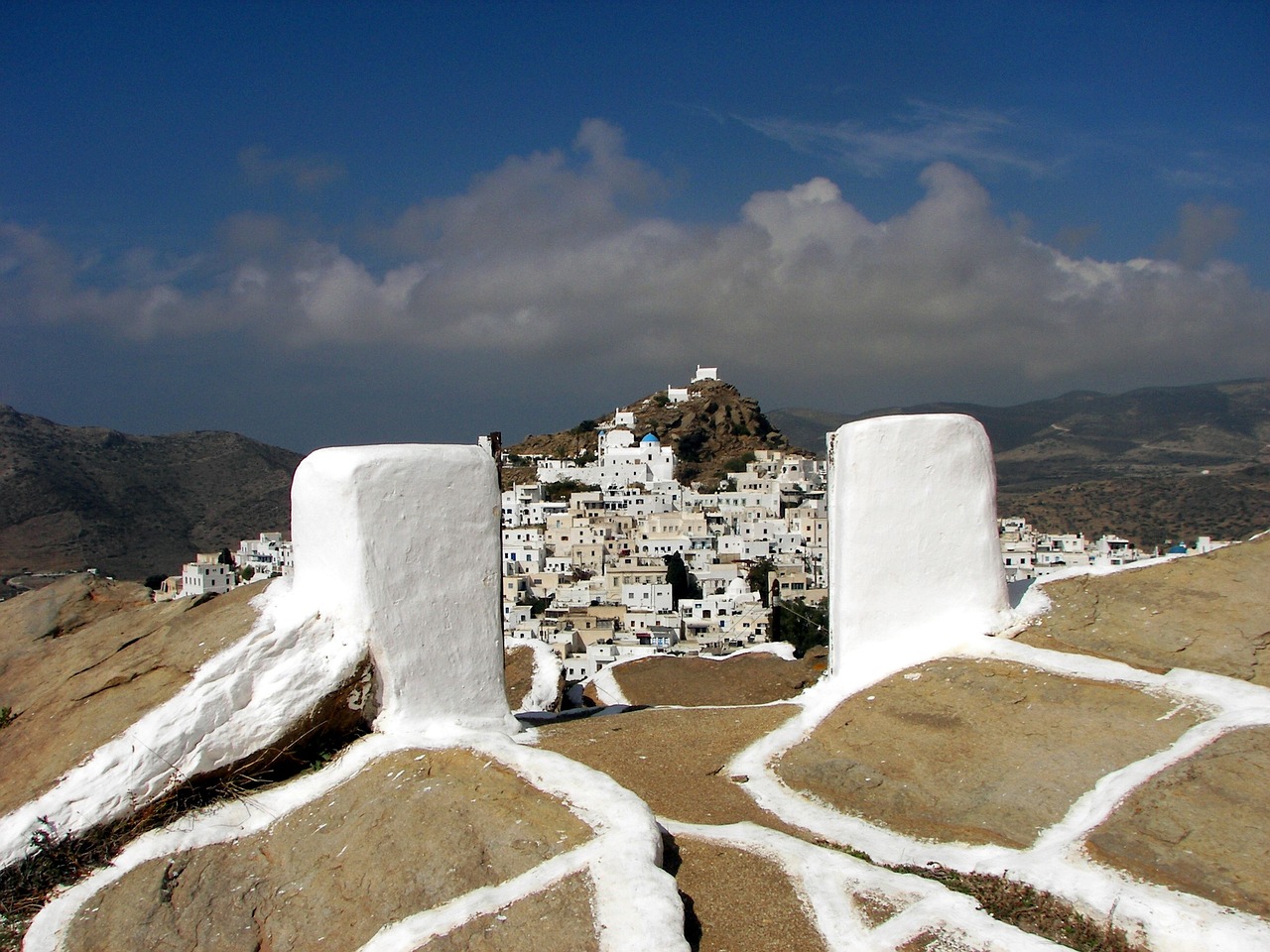The Unwavering Journey of Odysseus
Odysseus, renowned as a remarkable hero and cunning strategist, returns home after playing a pivotal role in the Trojan War, epitomized by the innovative Trojan Horse that helped bring about its conclusion. His path back to Ithaca, however, turns into a ten-year odyssey filled with hardships and lost companions, leading one to ponder whether misfortune was solely to blame for his prolonged absence, or if it was fated.
The Difficult Voyage Home
Following the Trojan War, Odysseus embarked on his homeward journey to Ithaca. While many of his fellow warriors reunited with their families, he faced relentless trials over the span of a decade before finally reaching his island home. Initially equipped with 12 ships, Odysseus and his men confronted a series of calamities, largely attributed to the wrath of the gods who despised the Greeks’ hubris, particularly for the desecration of temples in Troy.
The Cicones Encounter
While sailing the Aegean, Odysseus’ fleet was driven north by turbulent winds to the land of the Cicones. In an ill-fated decision, Odysseus and his crew plundered the Cicones’ resources. When instructed to depart, they refused to leave the pleasures behind. As a result, the Cicones united and retaliated, leading to the loss of numerous lives, emphasizing the costs of overindulgence and recklessness.
The Lotus Eaters
Continuing their voyage, the relentless winds led them to the land of the Lotus Eaters in Africa. Upon arrival, Odysseus dispatched three men to investigate the unfamiliar territory. They encountered the Lotus Eaters, who offered them the enchanting fruit of the lotus, causing them to forget their homeland and desire to return. Realizing the danger, Odysseus forcibly retrieved his men and hastily departed.
Confronting Polyphemus
Odysseus’ journey continued until they arrived on the island of the Cyclopes. They discovered a cave filled with sheep and provisions, but their fortune turned when they encountered Polyphemus, a giant Cyclops who imprisoned them and devoured several crew members. Employing his wit, Odysseus convinced Polyphemus to drink wine and subsequently blind him with a sharpened stick. When the other Cyclopes inquired about his attacker, he answered, “Nobody,” which deterred them from offering assistance, showcasing Odysseus’ cleverness in a perilous situation.
The Island of Aeolus
Next, they reached the island of Aeolus, the wind god, who welcomed them and gifted Odysseus a windsack to aid his journey. However, while nearing Ithaca, his crew, out of curiosity, opened the sack, unleashing a storm that wrecked their ships and led them to the Laestrygones, where fierce giants devastated the remaining vessels, leaving only Odysseus’ ship intact.
The Sorceress Circe
Odysseus and his men then landed on Circe’s island, where the sorceress enchanted them, turning many into swine. One man escaped and alerted Odysseus, who, armed with Hermes’ protection, confronted Circe and compelled her to revert his men to their original forms. They lingered for a time, during which Circe counseled Odysseus to seek the prophet Tiresias for guidance.
The Descent to the Underworld
In the Underworld, Tiresias informed Odysseus that Poseidon despised him for blinding Polyphemus and warned him to avoid harming the sacred cattle of the Sun God, Helios, to ensure safe passage back to Ithaca.
The Sirens’ Song
As they resumed their journey, the crew approached the island of the Sirens, whose enchanting voices lured sailors to their doom. Thanks to Circe’s foresight, Odysseus had his men block their ears with wax, enabling them to navigate past the Sirens safely.
The Monsters Scylla and Charybdis
Navigating the treacherous Strait of Scylla and Charybdis, Odysseus opted to confront Scylla, sacrificing some crew members rather than risking the entire ship against Charybdis. This choice exemplified the classic dilemma of choosing the lesser of two evils.
The Cattle of Helios
After that ordeal, they reached the island of Helios. Despite Odysseus’ warnings, his exhausted men slaughtered some of the sacred cattle during his absence. In retaliation, Zeus unleashed a tempest that destroyed Odysseus’ ship, leaving him as the sole survivor, adrift at sea until reaching Calypso’s island.
Calypso’s Captivity
Calypso, an immortal nymph, sheltered Odysseus for seven years in her cave, hoping to keep him as her eternal companion. However, Athena intervened, prompting Zeus to send Hermes to free him, allowing Odysseus to resume his long-awaited return to Ithaca.
The Return to Ithaca
At last, Odysseus reached Ithaca, where Athena informed him of the suitors vying for Penelope’s hand. Disguised, Odysseus devised a plan to regain his place. Penelope set forth a contest involving Odysseus’ bow and axes, inadvertently enabling him to prove his identity. With a single effortless shot, he fulfilled his challenge, revealing his true self to Penelope.
Lessons from Odysseus’ Odyssey
Homer’s epic, The Odyssey, is a timeless reflection on resilience, strategic thinking, and the value of teamwork. Odysseus embodies perseverance amidst trials, demonstrating that unwavering focus and determination can see one through challenges. Furthermore, his strategic mind reveals the necessity of wisdom in overcoming obstacles rather than relying solely on brute strength. Lastly, the alliances he formed highlight the power of collaboration, serving as crucial lessons applicable in our own lives.
The core message of Odysseus’ adventures is a testament to faith and the relentless pursuit of one’s goals, reminding us to remain steadfast in our journeys.



